Theodore Roosevelt Park (77th and 81st Streets, between Central Park West and Columbus Avenue), which contains the beloved American Museum of Natural History, is the oldest developed section of the Upper West Side, purchased by the city in 1839 as a possible strolling park to be called Manhattan Square.
Central Park was but a gleam in the eye back in 1839! The Grid Plan of 1811 had divvied up upper Manhattan into organized blocks but not much was properly developed in the early 19th century. There were few suitable transportation options and thus upper Manhattan was only sparsely populated.
Near this spot on the grid was the old African-American settlement of Seneca Village, which was later wiped away with the development of Central Park.
Below: A sketch by Egbert Viele from 1857 showing the remains of the small village of Seneca Village. Manhattan Square would have been off to the upper left portion of this image.
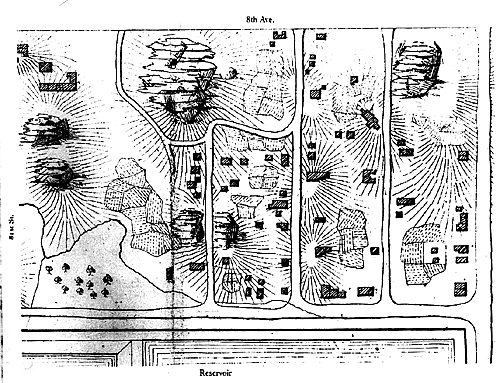
The original grid plan had no significant parks built into it so later city planners had to carve some out themselves.
Unfortunately, the city almost literally forgot all about Manhattan Square — it’s even included in an 1860 New York Times article headlined NEWLY-DISCOVERED CITY PROPERTY!
To be fair, the land had been granted to the Central Park Commission which was rather busy developing the park proper. As a result, Manhattan Square’s rugged and unpleasant terrain became an eye sore and rather dangerous for any actual visitors.
Samuel Ruggles, developer of both Union Square and Gramercy Park, once squawked, “It is a disgrace to the city. It is in some places forty feet below the grade and well characterized as a pestilential hole of stagnant water.”
Below: From the late 1870s, the solitary American Museum of Natural History building sits on the spot of Manhattan Square, now leveled out for public enjoyment, even if the lots surrounding it are quite barren.
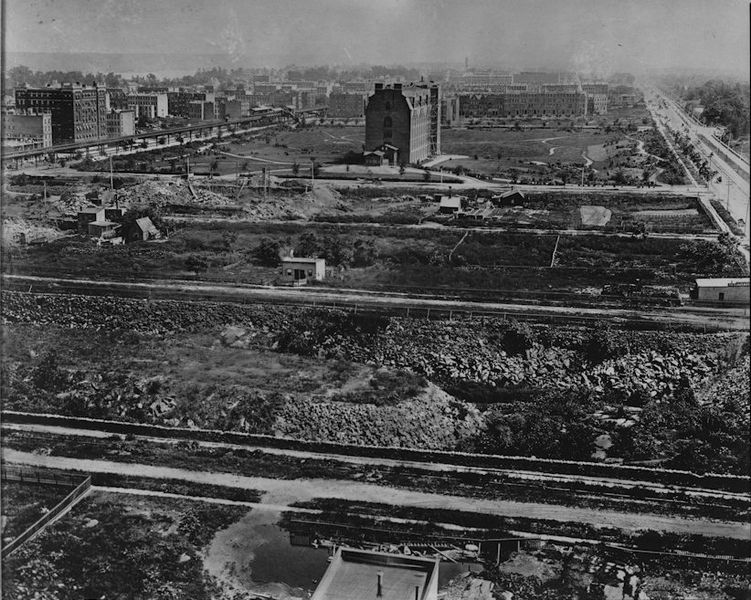
In the early 1860s, the city proposed selling off this sorely underused area of land.
At one point, during the Civil War, some suggested it be turned into a proper military parade ground.
“Manhattan-square [has] been proposed for the parade-ground; over Manhattan-square the Commissioners have control and it is understood that they are willing to assign it, but, just now, they have not the funds which its preparation would require.” [source]
The next plan was to make a zoo!
Animals had accumulated near the Central Park Arsenal as a make-shift ‘menagerie‘ — abandoned pets, former circus animals, far-flung beasts brought over on ships. At one point it was determined to move those animals to a more formal Zoological Garden, to be built on the much abused area of Manhattan Square.
From 1865: “The Zoological Gardens are about to be commenced at Manhattan-square, and the commissioners fully expect to have this valuable garden completed before the Summer wanes.”
Below: The chaos of the Central Park menagerie, depicted in an 1866 illustration
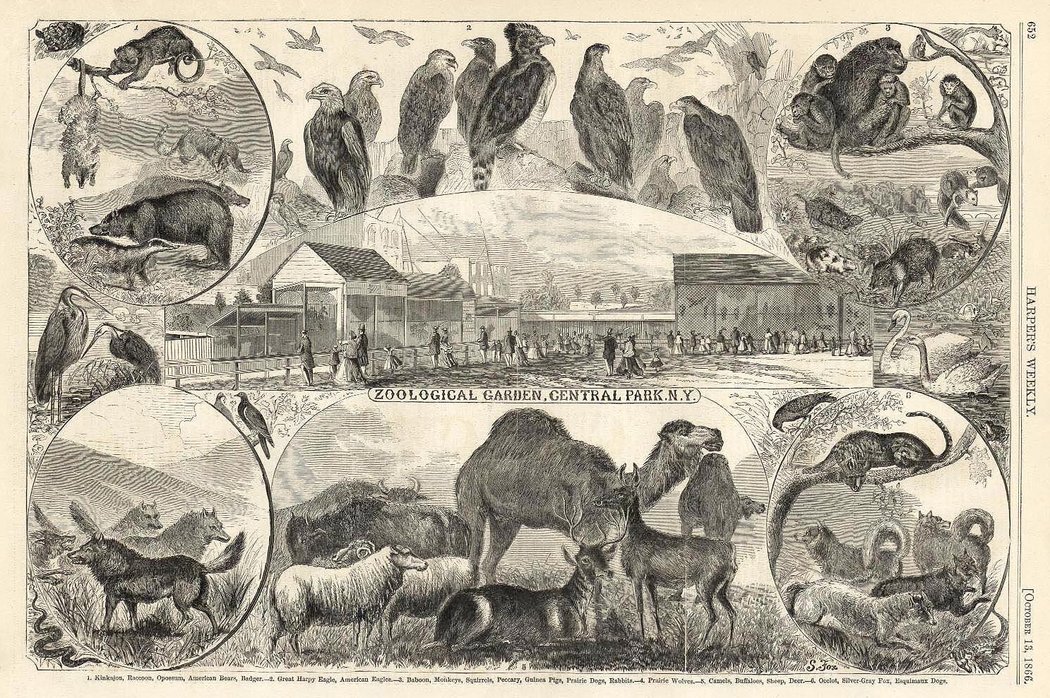
Those planned fell through of course. Today the Central Park Zoo marks the location of that former menagerie.
By 1872, the Central Park Commission would utilize Manhattan Square for another mission, designating it the home for the American Museum of Natural History.
The first structure would be completed in 1877. (For more information on the institution’s development, check out our podcast on the subject.)
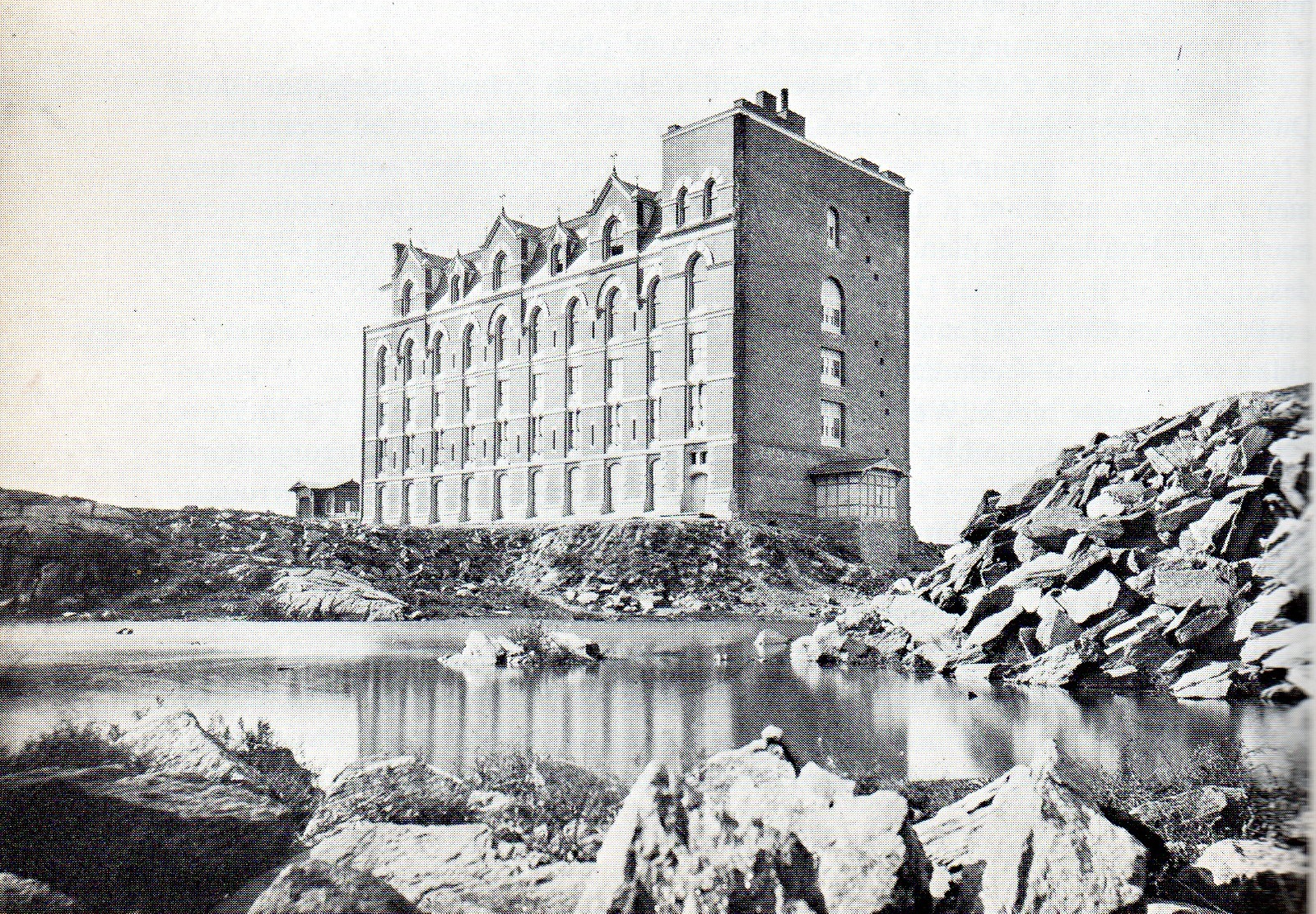
Apartment developers later flocked to the park’s edges, drawn to its proximity to other fashionable apartment houses in the neighborhood like the Dakota Apartments (at 72nd Street, built in 1884).
Luxury apartment living soon transformed the Upper West Side, and the fate of Manhattan Square — renamed Theodore Roosevelt Park in 1958 — changed with it.
Below: 44 West 77th Street. Manhattan Square Studio Apartment, photographed in 1910
Of course, you may not know it by that name today either. From the New York Department of Parks and Recreation: “Neighborhood residents have traditionally referred to the parkland as Museum Park or Dinosaur Park.”
Below: The fully expanded museum as it looked in 1913
The above is an expanded excerpt from our book The Bowery Boys Adventures In Old New York, now available at bookstores everywhere.

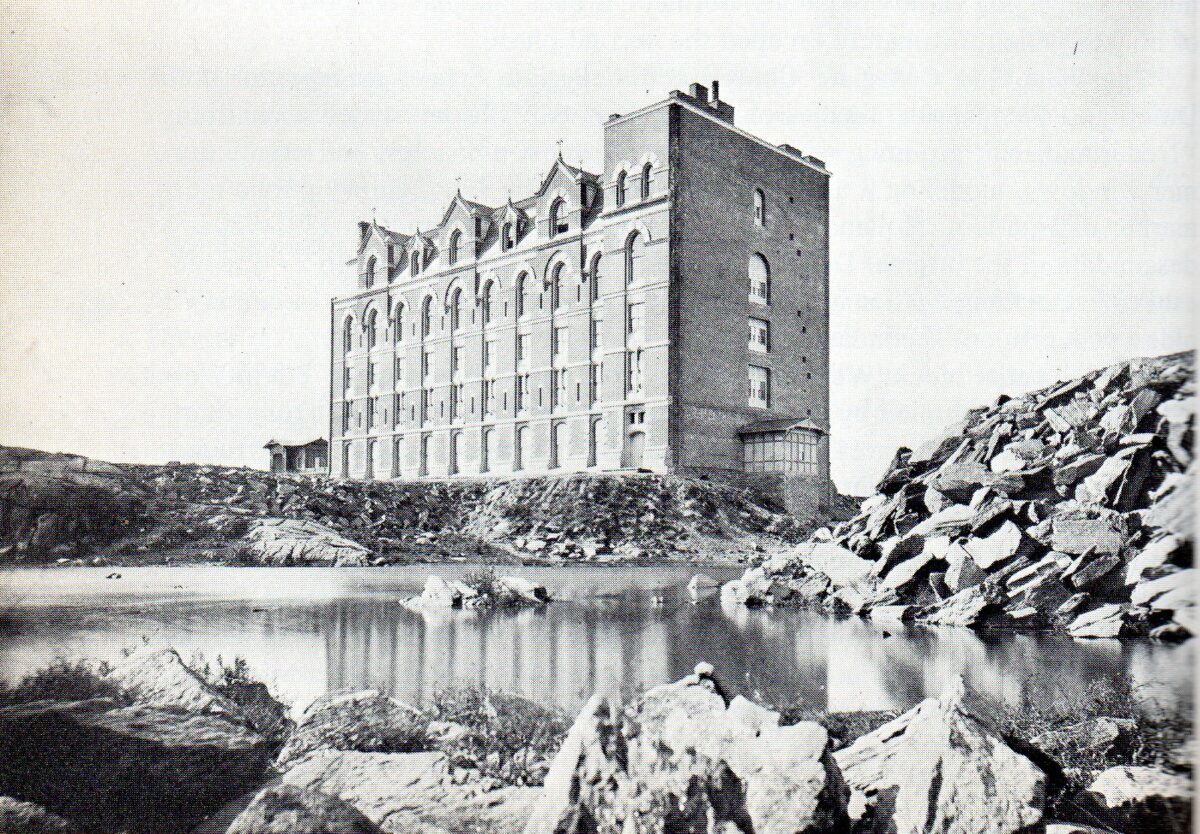
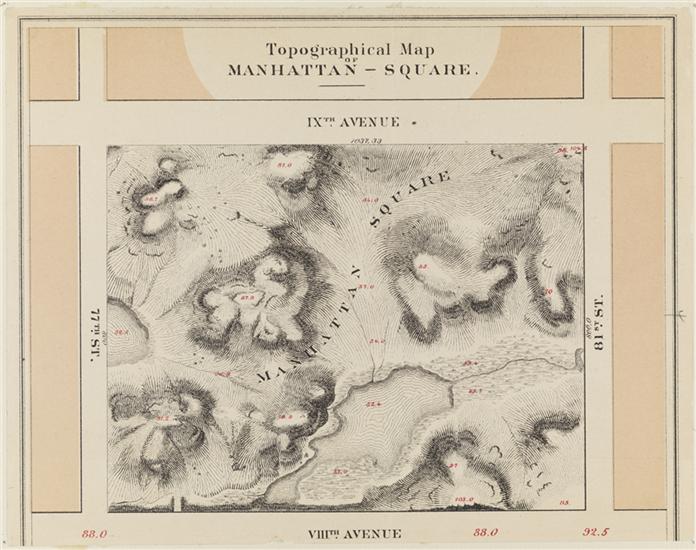
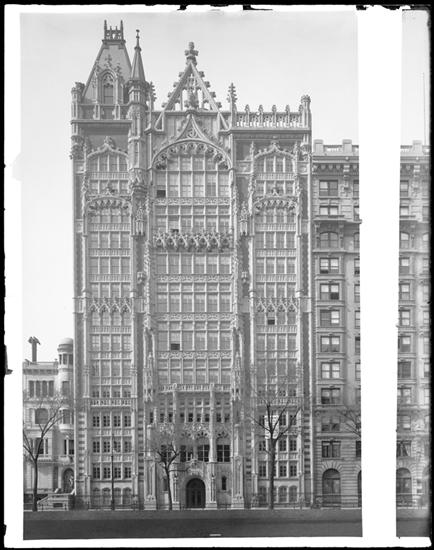
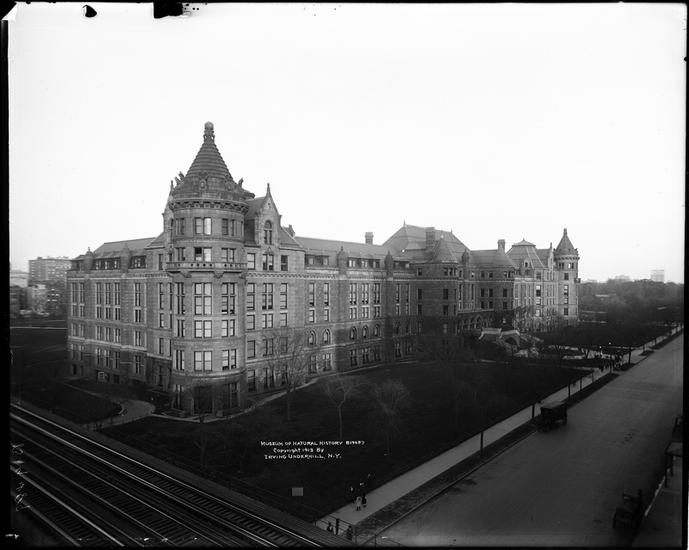
2 replies on “Where was Manhattan Square? The Gilded Age remaking of a neglected park”
Just discovered you. Will definitely purchase the book.
Thank you for this history. I have a family tree written by an elderly aunt who states that my great-grandmother was born in 1865 in a little wooden house where the Museum of Natural History now stands on 77th Street and Central Park West. Would you know if photos exists of such houses in that area during that time? Thank you.